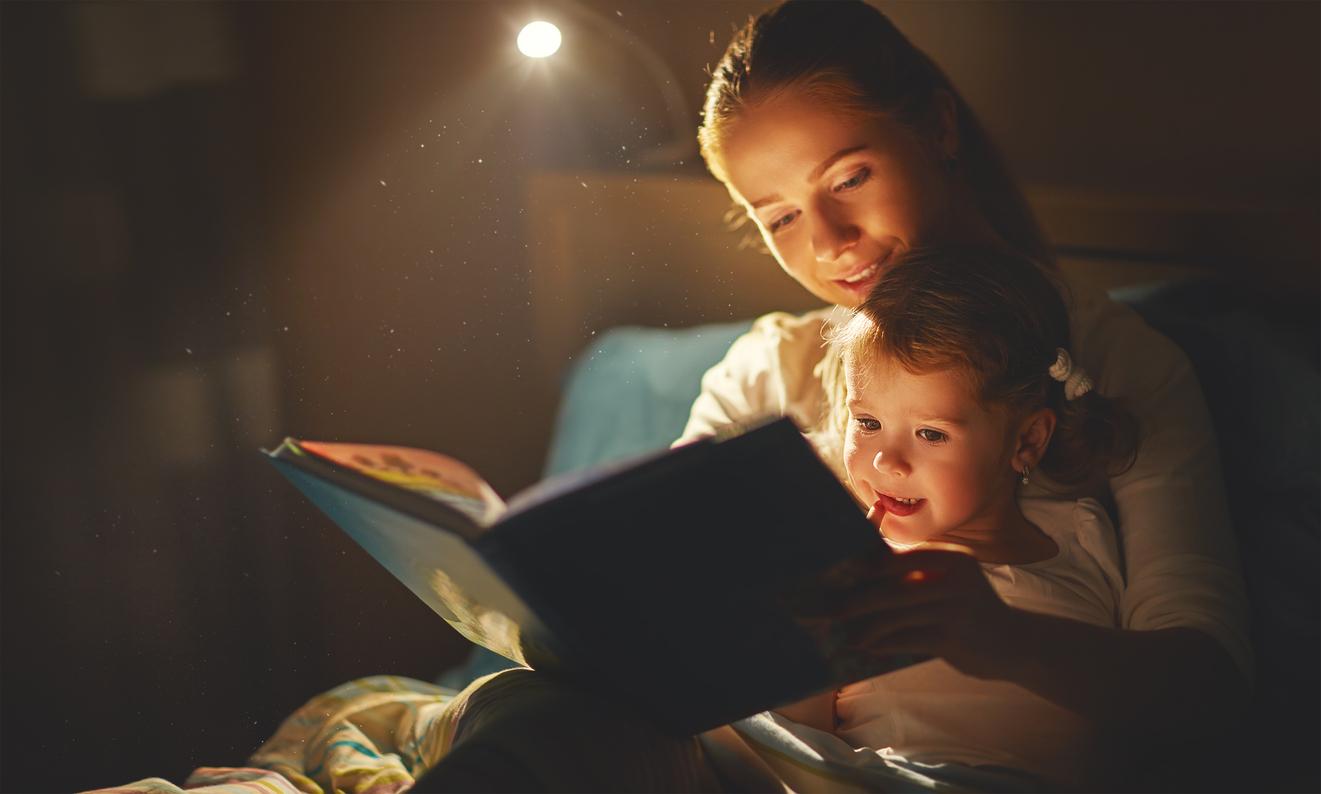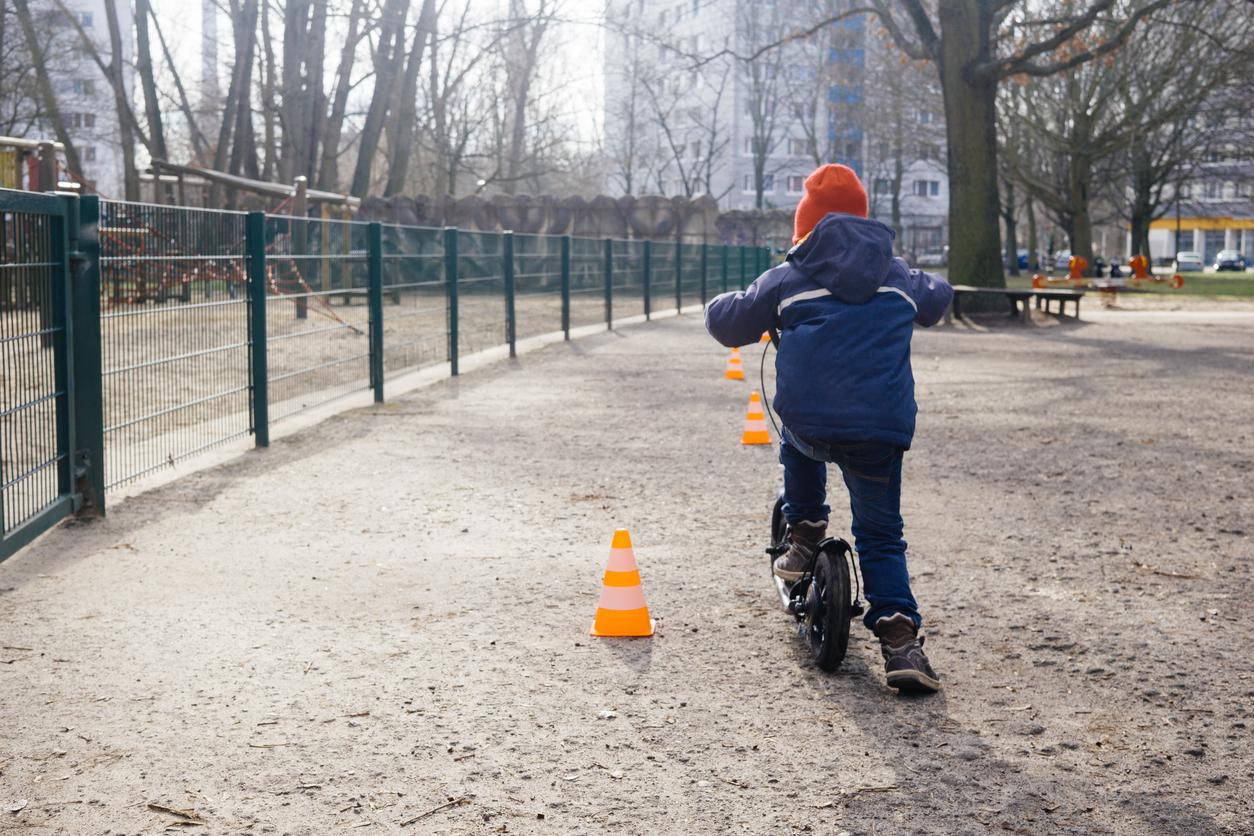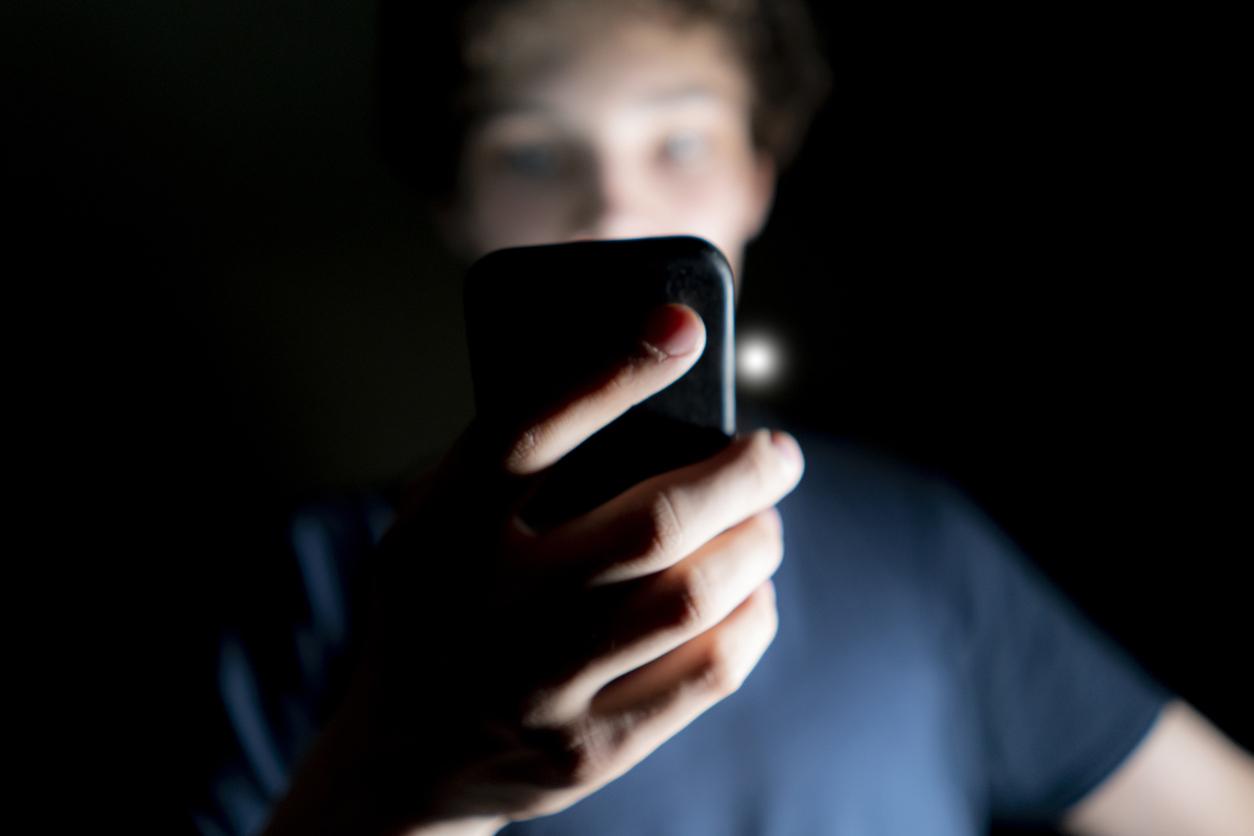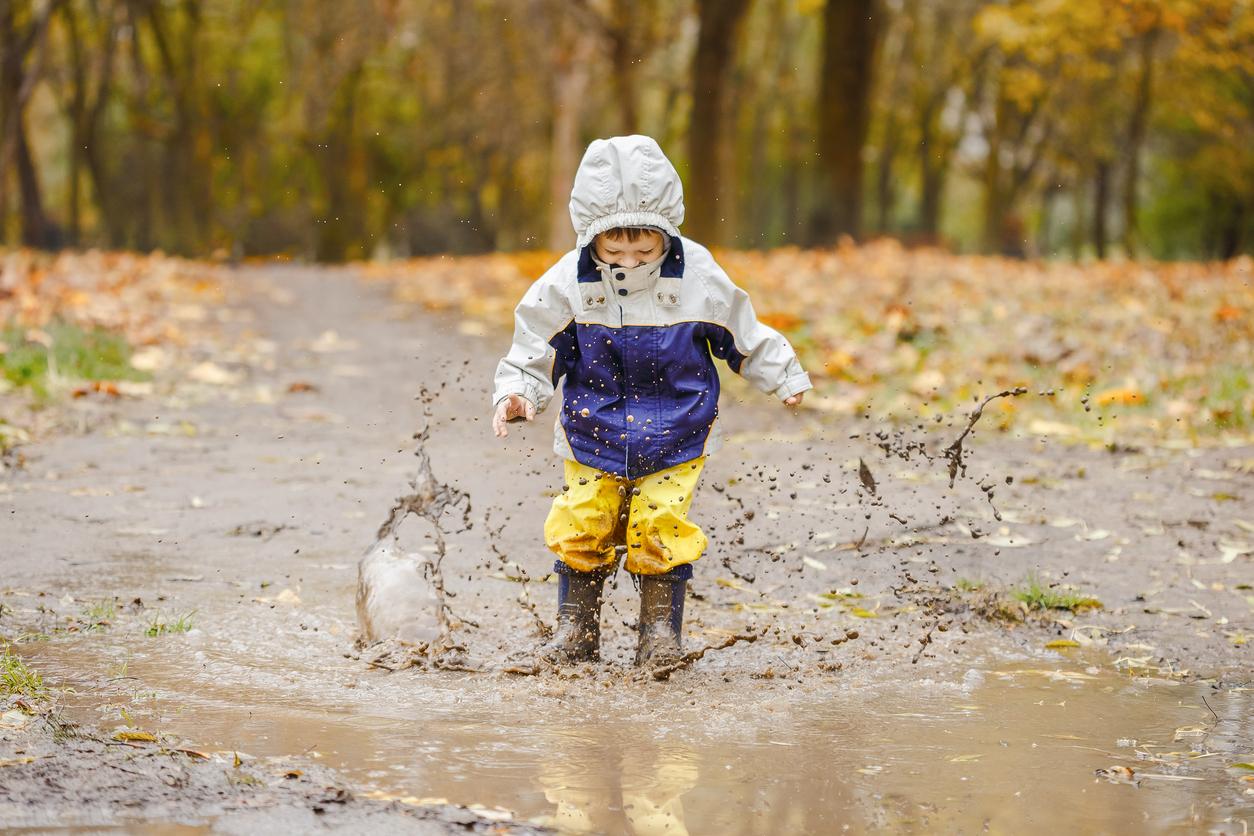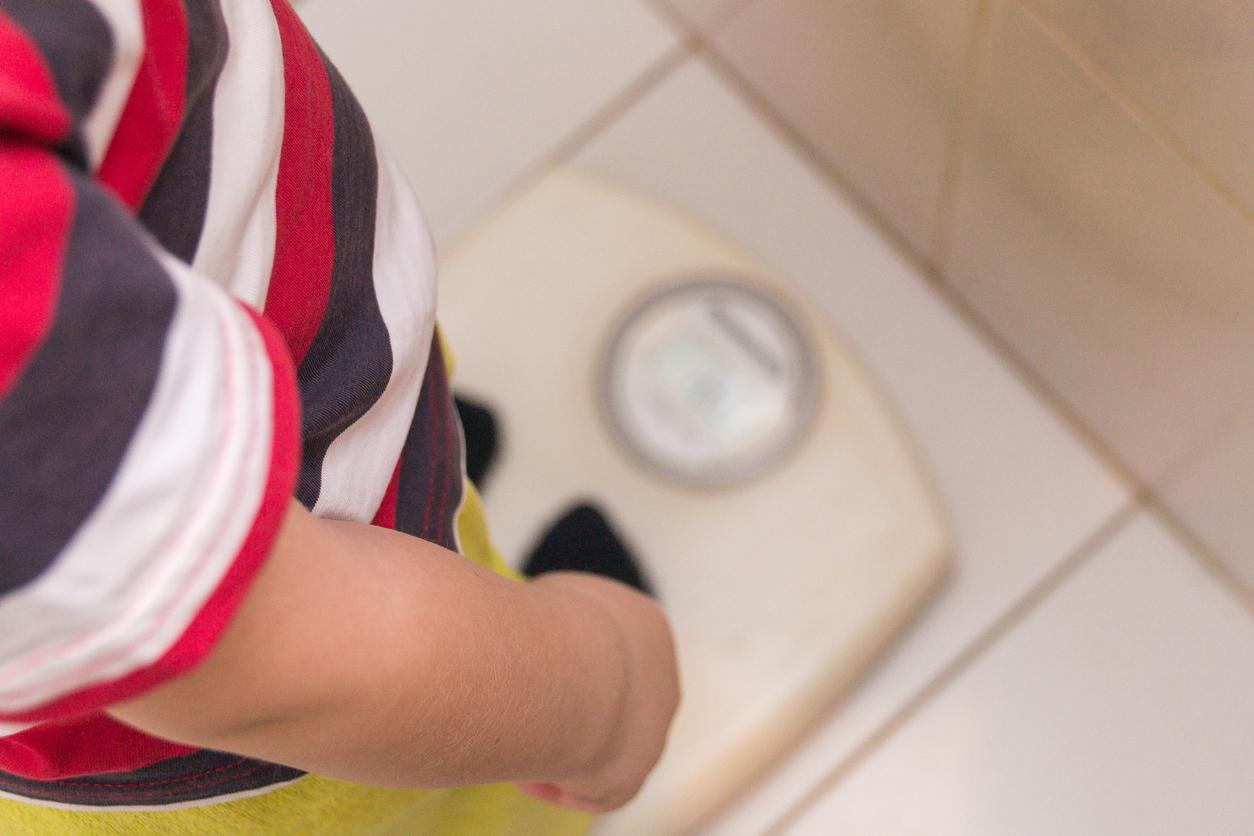Children who play outside are less likely to suffer from nearsightedness than those who spend more time at home: this is what emerges from two new studies which point the finger at the role played daylight on sight development.
While experts cannot determine for sure how light plays a major role in children’s eyesight, they already have some leads. They believe that daylight boosts dopamine, a neurotransmitter necessary for the retina to function properly.
Nearsighted people normally see up close but get a blurry image when looking at distant objects. This vision disorder has steadily increased since the 1970s in developed countries. Although this disorder is often genetic in origin, researchers confirm that environmental factors are also involved in disease development.
Myopia: playing in the light of day
A Taiwanese study followed two groups of college students. A first group spending at least 80 minutes a day playing outside and a second group, in a nearby college, forced to stay inside for recess and their lunch break. The results of this study showed significant differences between the two groups, with a much higher number of nearsightedness among college students who did not go out.
A second study, conducted in Denmark, tracked the medical records of 235 students with myopia. They were divided into 7 groups over 7 months of the year and all spent the same number of hours outdoors and indoors. But in Denmark, daylight hours vary from 7 a.m. in winter to almost 6 p.m. in summer. Exposure to daylight was therefore not the same for everyone. And it is once again in the group of children who received the least number of hours of light that the researchers found the greatest number of children suffering from refractive disorders.
The researchers’ conclusion is that children should be encouraged to spend as much time as possible playing outdoors, even if nearsightedness is a condition that can be treated well. and can even operate.










